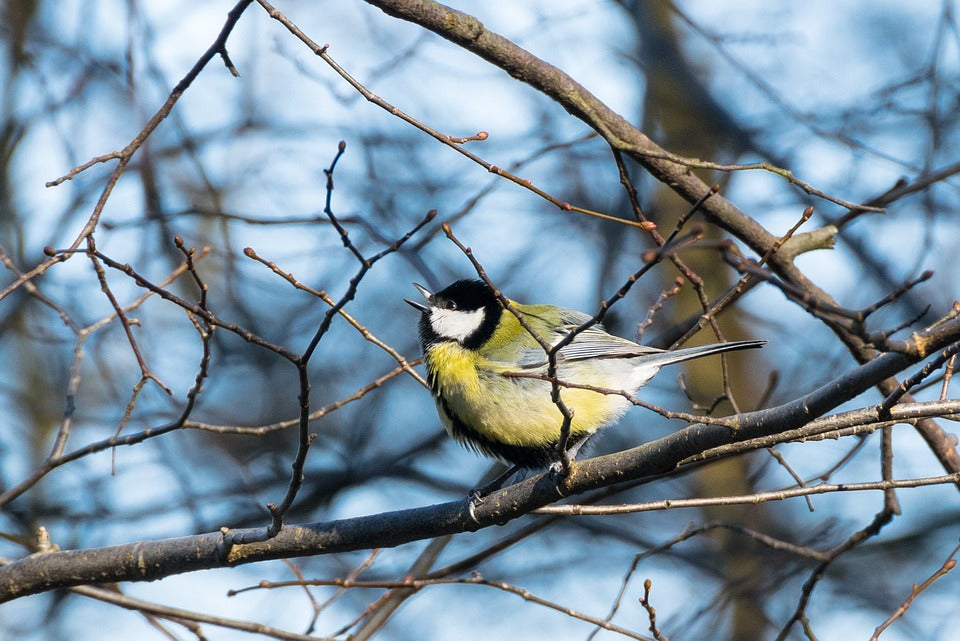Offer
Provide additional details about the offer you're running.
Provide additional details about the offer you're running.
Provide additional details about the offer you're running.

A valuable, yet difficult skill to develop, learning how to identify birds strictly with your ears will make for an enhanced and enjoyable birding experience. When starting out in birding, we concentrate heavily on learning how to identify many species of birds on sight, pinpointing specific colors, plumage, and unique field markings.
Taking the next step in your bird watching education and tuning your ears for the specific songs of birds located in your area isn’t as hard as you think. Follow these simple suggestions to hone your audible skills, and add a new dimension to your bird watching experience.
This is an obvious one; you need to learn the songs of the many species of birds in your area before you actually head out and attempt to identify the sounds you are hearing. There are many valuable resources at your disposal for this method of study. Check out bird compilation CD’s, special books, electronic applications or the wide variety of online resources.
Early bird gets the worm! Sound familiar? It’s true! Birds are very vocal in the early morning, often heard singing their songs to the delight of the start of a new day. Most mornings are accompanied by smooth, still and crisp air, allowing for birds songs to be clearly heard and easily identifiable.
In the beginning, it is going to be quite likely that you will hear many songs perhaps you are unsure about. Carry a field journal to jot down specific tones, pitch, quality, length, tempo and volume to aid in your research and education. After an early morning excursion, settle back in with your resources and try to identify the call or song you heard for future reference.
Enjoy learning, listening and being in the great outdoors. Just the same as identifying by sight, you will find times where you might not be able to identify the song or call being heard. It’s all about having fun, getting outside and perfecting your skills. Get out there, and keep both your eyes and ears sharp and focused.
High Quality Blend